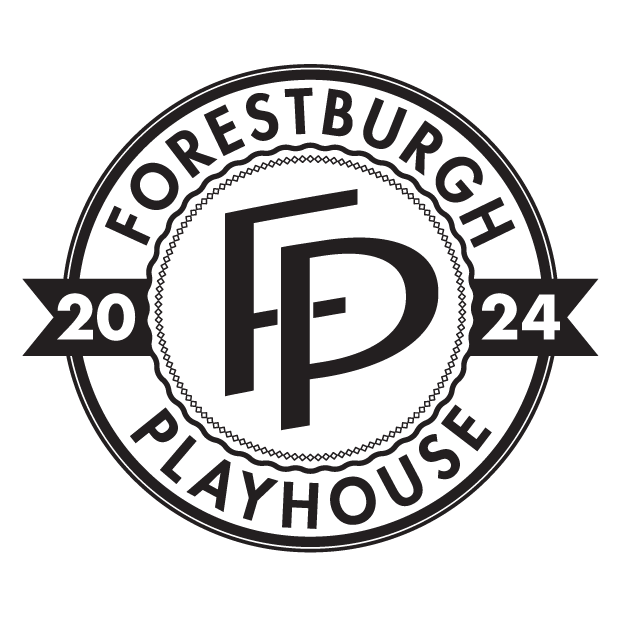Types Of Staging In Theatre
When you think of theatre, you most likely think of a traditional stage with a frame and curtain with the audience sitting in rows in front of the stage. While this is one type of staging in theatre, there are many other types of staging configurations that are used to showcase a performance. The staging should be designed to suit the production. If you’re wondering what staging options there are and what would be best for your upcoming production, consider this guide to theatre staging.
Proscenium Stage
The proscenium stage is the classic type of stage most commonly used in theatre. There is a raised platform with a frame and often a curtain that opens and closes. The audience seating is arranged in rows and sections that extend away from the stage and gradually toward the back of the room. The floor under the seating may gradually slope upwards or be raked (stair-like levels). There may be an orchestra pit in front of the stage on a lower level than the audience seating. This staging design accommodates nearly any type of production or show.
Thrust Stage
A thrust stage is named for the fact that the stage is somewhat thrust out into the audience. The stage is a raised platform with seating on 3 sides. The stage may be square, trapezoidal, or curved. The benefit of a thrust stage is that it allows the audience to connect more with the performers. Shakespeare’s plays were written to be performed on a thrust stage.
Theatre in-the-Round
In this staging configuration the audience sits on all sides of the stage. The performance takes place in the center and the performers move around to face all directions at various times. The performers approach the stage from aisles between the rows of seating. This offers an immersive experience, allowing the audience to feel as if they are a part of the show.
Black Box Theatre
A black box theatre, also referred to as a flexible theatre, is like a blank slate. The walls, floors, and ceiling are all painted black so that the performers, costumes, props, and sets stand out. There is typically no permanent seating. Chairs are arranged according to the size of the audience and the nature of the production. There is no raised stage; the performers are on the floor level with the first row of seating. Risers may be used to create additional levels for seating.
Open Air Theatre
Also known as an amphitheater, an open air theatre is an outdoor stage. The stage and/or seating may be partially covered but mostly open to the air and sky. Open air theatres are best during mild weather, so the local climate may be a factor in the use of this type of staging.
Platform Stage
A platform stage is like a pop-up stage that can be placed anywhere. This type of staging is often used in spaces that are not designed for theatre. A school without an auditorium may set up a platform stage in a gym or other large room to accommodate a production. Churches, event centers, and other organizations may use temporary platform stages because of the convenience they offer.
The Forestburgh Playhouse: An Interactive Experience
At the Forestburgh Playhouse we believe in staging that makes productions come alive for our audiences. A fully interactive and immersive experience, we provide a variety of staging configurations that make each show unique. Our summer series offers many open air productions that allow you to enjoy theatre under the stars. Our mainstage productions perform on a proscenium style stage set in a rustic, renovated barn from the 1800s, new works from emerging artists are highlighted in our newest space (a beautiful church built in 1900) and don’t miss cabarets, drag, comedy, bands and more on our Tavern stage (a thrust stage!) Check out the lineup for the 2023 season now.
Call 845-794-1194 or contact the box office for ticket information and scheduling.

